Take a look inside (literally) the New Zealand String Quartet’s instruments, captured by photographer Charles Brooks using specialist medical equipment
New Zealand-based photographer Charles Brooks has teamed up with the New Zealand String Quartet (NZSQ) for these stunning images of the ensemble’s Italian instruments, taken from a unique perspective.
The instruments featured are a 1730 Pietro Guarneri violin (played by NZSQ first violinist Helene Pohl), a 1784 Lorenzo Storioni violin (played by second violinist Monique Lapins), a 1619 Nicolò Amati viola (played by violist Gillian Ansell) and a 1705 Francesco Gofriller cello (played by cellist Rolf Gjelsten).
Brooks’ project Architecture in Music showcases an exploration of instruments from the inside, using medical equipment, specifically endoscopes, which are small enough to fit through the button hole of a violin.
For 20 years, Brookes was a professional concert cellist, most notably with the Saõ Paulo Symphony in Brazil. ’During this time, I became intimately familiar with the external aspects of my cello, yet I rarely had the chance to explore its interior – only twice in all those years,’ Brooks told The Strad. In 2018, he retired from performing and returned to New Zealand, shifting his focus to photography, primarily capturing musicians.
’However, the Covid pandemic disrupted this career path, as many musicians were either unemployed or stranded abroad, limiting my income opportunities!’
This coincided with the introduction of new probe lenses in the market. He realised that these lenses allowed for a safe exploration of the insides of musical instruments, a task that previously required dangerously removing parts like the lids of cellos or violins. His first subject was a Lockey Hill cello from 1780. When he realised that the probe lenses were too large for violins and violas, it led to his exploration of using endoscopes.
’Adapting these medical devices for high-resolution photography and figuring out how to safely illuminate the instruments without excessive heat took years of research and experimentation.’
How does Brooks attain this unique perspective? ’The expansive sense of space in my photography is actually an optical illusion, achieved by altering three key elements that our brain associates with small objects,’ he says. ’The first element is the depth of field. In standard macro photography, only a tiny part of the subject is in focus, with the background being significantly blurred. However, I merge hundreds of photos to ensure everything remains clear, from the wood grain at the front to the distant neck-block at the back.
’The second element is the use of wide-angle lenses. While uncommon in macro photography, these lenses produce strong leading lines and exaggerated perspectives similar to those seen in architectural photography. The final element is lighting. I position the lights to mimic the sun’s placement, enhancing the illusion and making the viewer feel as though they are walking through a tangible space.’
Brooks’ aim is to document as many rare instruments as possible.’I believe it’s crucial to showcase not only the well-known exteriors but also the interiors of these instruments, revealing the tool marks of the original makers and the history of repairs spanning hundreds of years.’ He plans to travel to Switzerland in May 2024, where he hopes to photograph violins by Stradivari, and he continues to collaborate with museums and performing arts groups to organise concerts that highlight these unique photographic works.
Find out more about Charles Brooks here: www.charlesbrooks.info
Listen: The Strad Podcast Episode #45: The New Zealand String Quartet on its 35th anniversary
Read: Photo gallery: the Harris Tweed violin
Read: Photo gallery: artist transforms broken violins into unique creations
An exclusive range of instrument making posters, books, calendars and information products published by and directly for sale from The Strad.
The Strad’s exclusive instrument posters, most with actual-size photos depicting every nuance of the instrument. Our posters are used by luthiers across the world as models for their own instruments, thanks to the detailed outlines and measurements on the back.
The number one source for a range of books covering making and stinged instruments with commentaries from today’s top instrument experts.
American collector David L. Fulton amassed one of the 20th century’s finest collections of stringed instruments. This year’s calendar pays tribute to some of these priceless treasures, including Yehudi Menuhin’s celebrated ‘Lord Wilton’ Guarneri, the Carlo Bergonzi once played by Fritz Kreisler, and four instruments by Antonio Stradivari.


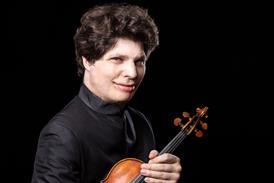

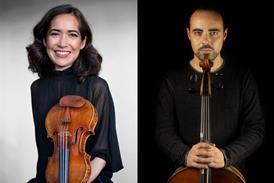


















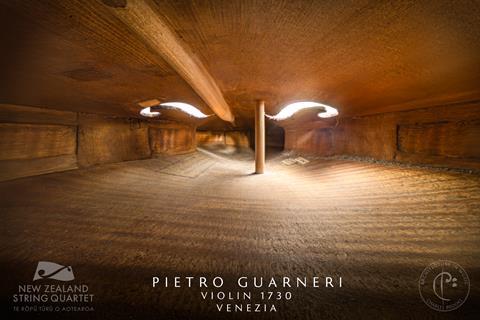
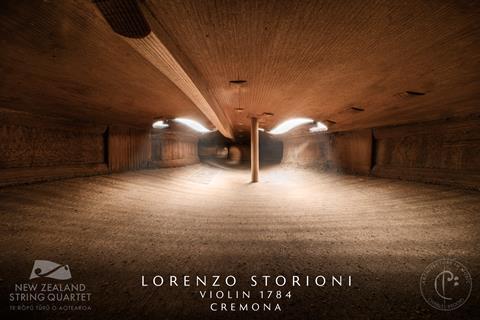
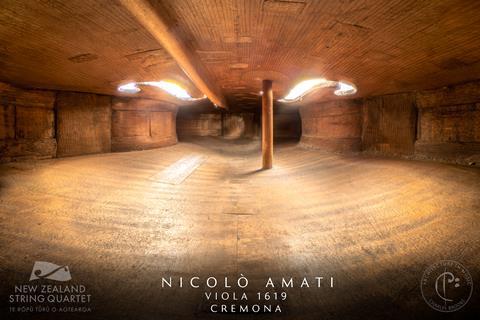
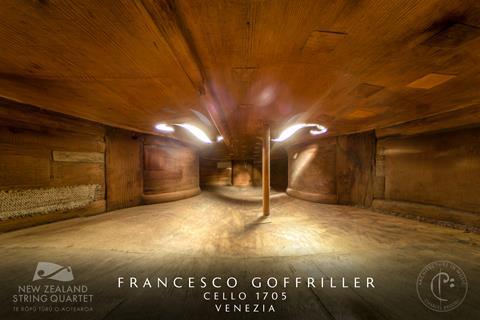

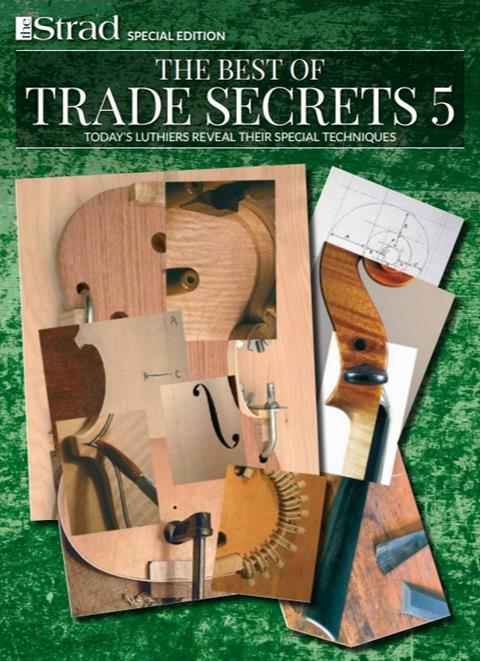













No comments yet